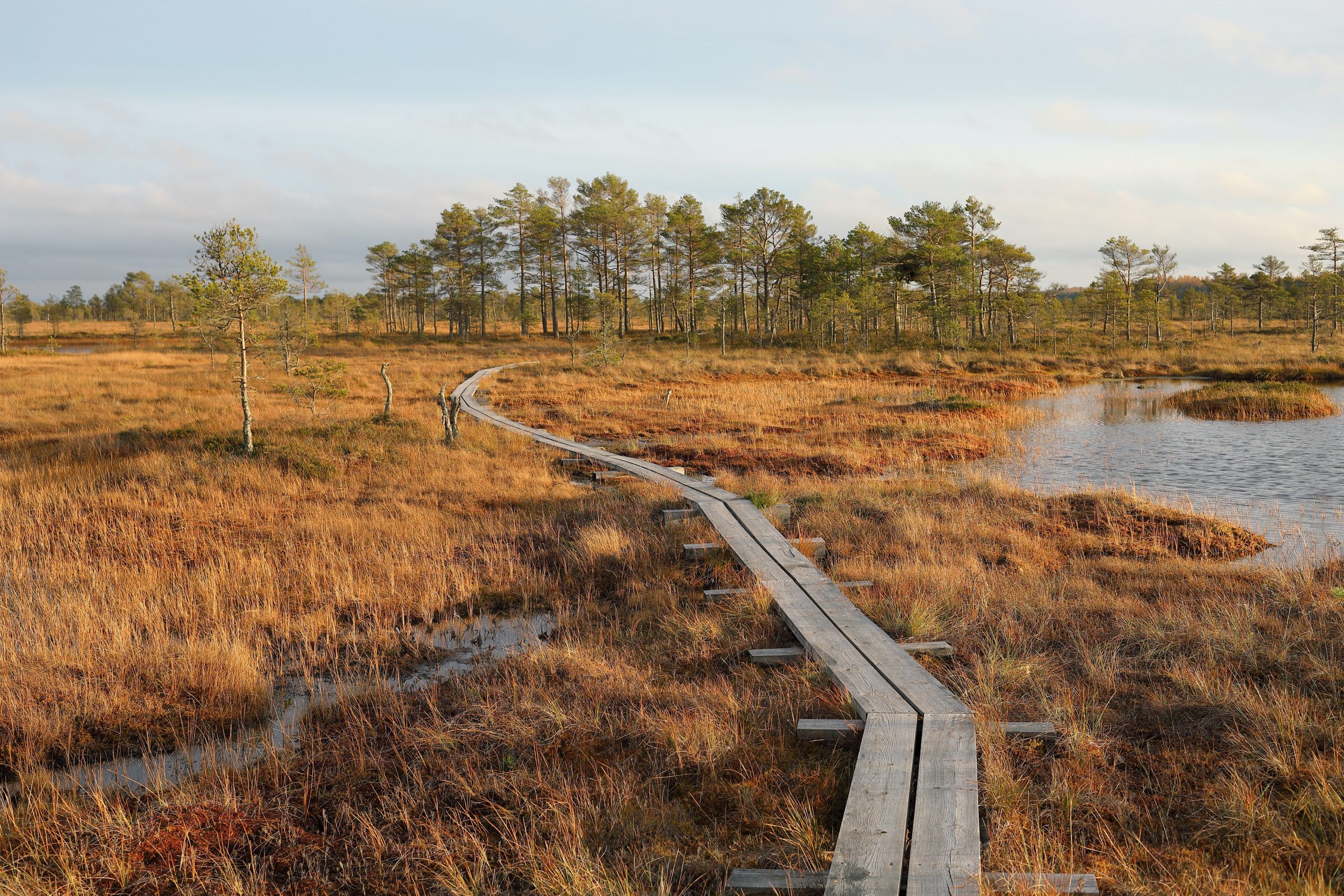

1
Introduction
In an era of unprecedented climate change and disruptive, recurring natural disasters, the need for urgent and effective action to prevent global temperature rise has become paramount. While the focus so far has largely been on reducing greenhouse gas emissions, restoring natural ecosystems is a powerful ally in the fight against climate change and keeping temperature rising under control.
The degradation and destruction of these vital habitats have contributed significantly to the ongoing rise in temperatures worldwide. In this blog article, we will explore the crucial role that restoring natural ecosystems plays in mitigating global temperature rise.
The magnitude of climate change 🌡️🚨🌊
The Earth’s climate is changing rapidly due to human activities, primarily driven by the burning of fossil fuels, deforestation, and the development of industrial processes, which are actually all interconnected processes. These activities release vast amounts of greenhouse gases, such as carbon dioxide and methane, into the atmosphere, leading to the infamous greenhouse effect.
As a result, the planet’s temperature has been steadily increasing, causing disastrous consequences such as extreme weather events, rising sea levels, and threats to biodiversity.

2
The Value and Power of Natural Ecosystems 🌿🐦🌊
Natural ecosystems, such as forests, wetlands, grasslands, and oceans, act as remarkable carbon sinks, absorbing and storing carbon dioxide from the atmosphere. Plants and trees, in particular, play a pivotal role in mitigating climate change by sequestering large amounts of carbon through photosynthesis, the process by which plants convert carbon dioxide into oxygen and glucose.
Moreover, these ecosystems help maintain temperature balance in the surrounding areas thanks to their ability to regulate local and regional climates. For instance, forests release water vapor through a process known as transpiration, which cools the air and influences rainfall patterns, ultimately reducing temperature fluctuations. Additionally, trees provide shade, which results in the cooling of the ground, which is especially relevant in urban and dry areas.
The Impact of Deforestation and Habitat Degradation 🌳💥🌊
Despite their significance, human activities, particularly deforestation, intensive agriculture expansion, and urbanization threaten natural ecosystems severely. Deforestation alone drives approximately 12-20% of global greenhouse gas emissions. As trees are felled or burned, they release stored carbon back into the atmosphere, exacerbating the greenhouse effect and accelerating climate change.
Habitat degradation also disrupts the delicate balance that natural ecosystems maintain. For instance, the degradation of wetlands and mangroves eliminates natural buffers against storm surges and floods, making coastal communities more vulnerable to extreme weather events fueled by rising temperatures
The Benefits of Restoring Natural Ecosystems 🌿🦜🌊
Carbon Sequestration: Replanting trees and protecting existing forests significantly enhances carbon sequestration, helping to remove carbon dioxide from the atmosphere and slow down the greenhouse effect.
Biodiversity Conservation: Natural ecosystems harbor a rich array of plant and animal species, many of which play crucial roles in regulating ecosystems and adapting to changing climates. Preserving biodiversity is essential for maintaining ecological resilience.
Climate Resilience: Intact ecosystems contribute to climate resilience by safeguarding against extreme weather events, floods, and droughts.
Sustainable Livelihoods: Restoring natural ecosystems often results in sustainable livelihood opportunities for local communities, such as eco-tourism and sustainable agriculture


3
A matter of engagement and collaboration 🌍🤝🌿
Nature Restoration relies on global engagement and collaboration from all of us. Recognizing the vital importance of ecosystem restoration, numerous international initiatives and agreements have been established to promote and support restoration efforts. Here are some international initiatives and pledges focused on ecosystem Restoration:
- The United Nations Decade on Ecosystem Restoration (2021-2030) seeks to mobilize global action, aiming to prevent, halt and reverse the degradation of ecosystems on every continent and in every ocean. Additionally, it is based on the belief that it can help to end poverty, combat climate change and prevent a mass extinction
- The Bonn Challenge aims to restore 350 million hectares of deforested and degraded land by 2030, launched by the German government and the IUCN
- The EU Nature Restoration Law aims to enforce recovery measures covering at least 20 % of the EU’s land and 20 % sea areas by 2030, and all ecosystems in need of restoration by 2050
Restoring natural ecosystems is an indispensable strategy in the fight against global temperature rise. By preserving and rehabilitating forests, wetlands, and other vital habitats, we can harness the power of nature to sequester carbon, protect biodiversity, and enhance climate resilience. Governments, organizations, and individuals must collaborate on a global scale to ensure the success of these restoration efforts. By embracing the challenge and contributing financially to restoring our natural ecosystems, we can take significant strides toward securing a more sustainable and climate-stable future for generations to come. 🌍🌿💪



